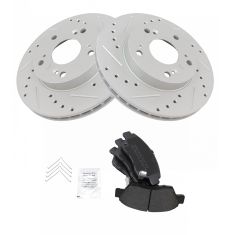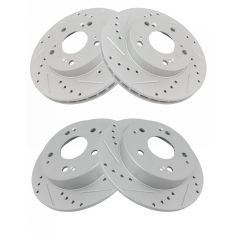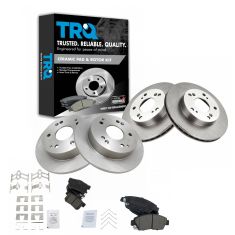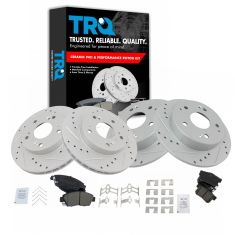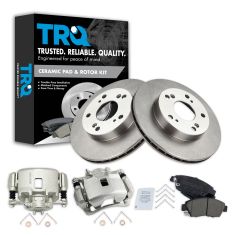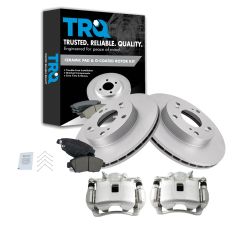1APBS00161-Honda Civic CR-Z Acura RSX Front Ceramic Performance Brake Pad & Rotor Kit TRQ Performance BKA12172
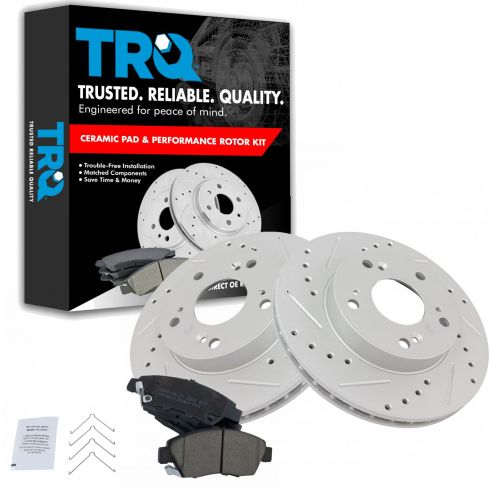
Replaces
2003 Acura RSX Base Model Front Ceramic Performance Brake Pad & Rotor Kit TRQ Performance BKA12172

You may also like
Product Reviews
Loading reviews
5.00/ 5.0
2
2 reviews
Very good quality
June 16, 2019
Easy installation by professional and perfect looking rotors and brake pads
Very happy with product
October 17, 2020
Fit perfectly, work great. Happy with performance
Customer Q&A
No questions have been asked about this item.
Acura is a registered trademark of Honda Motor Co., Ltd.. 1A Auto is not affiliated with or sponsored by Acura or Honda Motor Co., Ltd..
See all trademarks.







